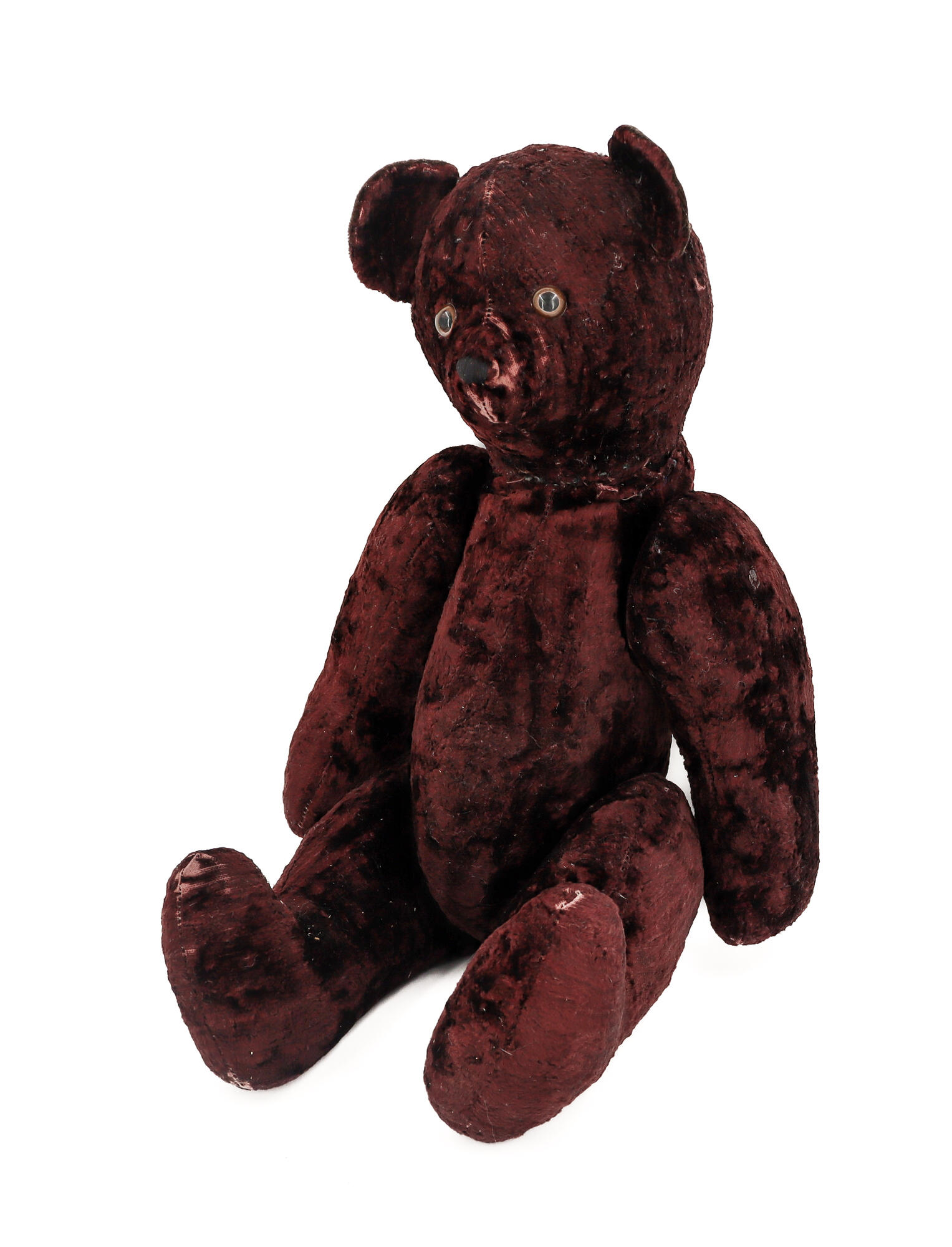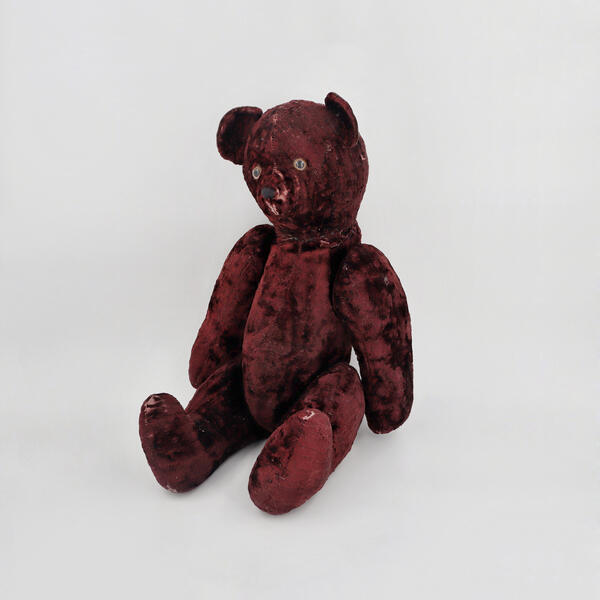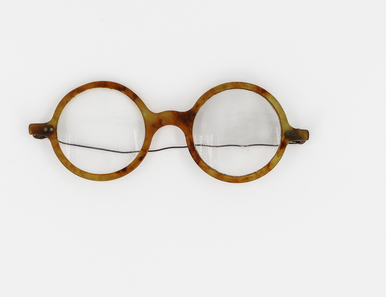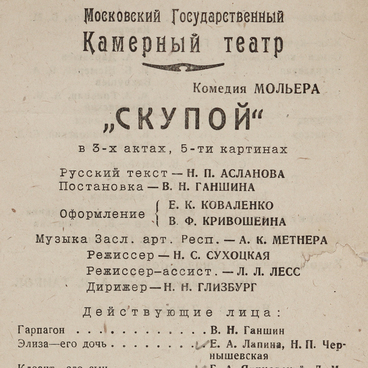There are several versions of how teddy bears came to be. One says that the toy was created in 1903 in the United States after the unsuccessful hunt of President Theodore Roosevelt had been cartooned in the Washington Post. The image of a cute bear cub caught the eye of Rose Michtom, the wife of a Russian immigrant and the owner of a toy shop Morris Michtom (Mikhail Mishim). Using the newspaper drawing, she sewed a bear, which was named “Teddy’s bear” (in honor of Roosevelt) and placed in the shop window.
There is also a theory that the toy was invented at the beginning of the 20th century by the German stuffed toy manufacturing company called Steiff. The owners came up with the idea to combine a doll with movable joints and a plush bear cub.
Before the Russian Revolution, there were a lot of toy handicraftsmen. Children’s toys were mostly made by monks, craftsmen, and even parents themselves. The porcelain factories helped a little by stamping parts for bisque dolls that were quite popular back then.
In the Soviet years, the toy industry began to receive more attention. The handicraftsmen formed unions; the Sergiyev Posad Scientific and Experimental Institute of Toys was established, which worked on expanding the range, improving the design, and exploring ideas for new products.
This led to, among other things, the creation of stuffed toys with arms sewn onto them, wire armature, or movable armature ball joints.
Before the Great Patriotic War, the head of stuffed bears was usually sewn into the toys, while the arms could be attached in various ways. The first option was to fix them with split pins. Wooden discs, placed inside the arms and the body, were fastened with a cotter passing through them with its ends twisted. The second option was using articulated joints. In this case, the disks were placed only inside the arms. The cotter was drawn through the stuffed body and then fastened in the arms. The third option was thread jointing, where a string was used instead of a cotter. The discs were not inserted, and the arms were fixed with buttons.
After the war, the range of stuffed bears enjoyed an increase. With the changed design, the toys now also featured a special mechanism, which enabled them to walk, dance, and make sounds.
There is also a theory that the toy was invented at the beginning of the 20th century by the German stuffed toy manufacturing company called Steiff. The owners came up with the idea to combine a doll with movable joints and a plush bear cub.
Before the Russian Revolution, there were a lot of toy handicraftsmen. Children’s toys were mostly made by monks, craftsmen, and even parents themselves. The porcelain factories helped a little by stamping parts for bisque dolls that were quite popular back then.
In the Soviet years, the toy industry began to receive more attention. The handicraftsmen formed unions; the Sergiyev Posad Scientific and Experimental Institute of Toys was established, which worked on expanding the range, improving the design, and exploring ideas for new products.
This led to, among other things, the creation of stuffed toys with arms sewn onto them, wire armature, or movable armature ball joints.
Before the Great Patriotic War, the head of stuffed bears was usually sewn into the toys, while the arms could be attached in various ways. The first option was to fix them with split pins. Wooden discs, placed inside the arms and the body, were fastened with a cotter passing through them with its ends twisted. The second option was using articulated joints. In this case, the disks were placed only inside the arms. The cotter was drawn through the stuffed body and then fastened in the arms. The third option was thread jointing, where a string was used instead of a cotter. The discs were not inserted, and the arms were fixed with buttons.
After the war, the range of stuffed bears enjoyed an increase. With the changed design, the toys now also featured a special mechanism, which enabled them to walk, dance, and make sounds.



